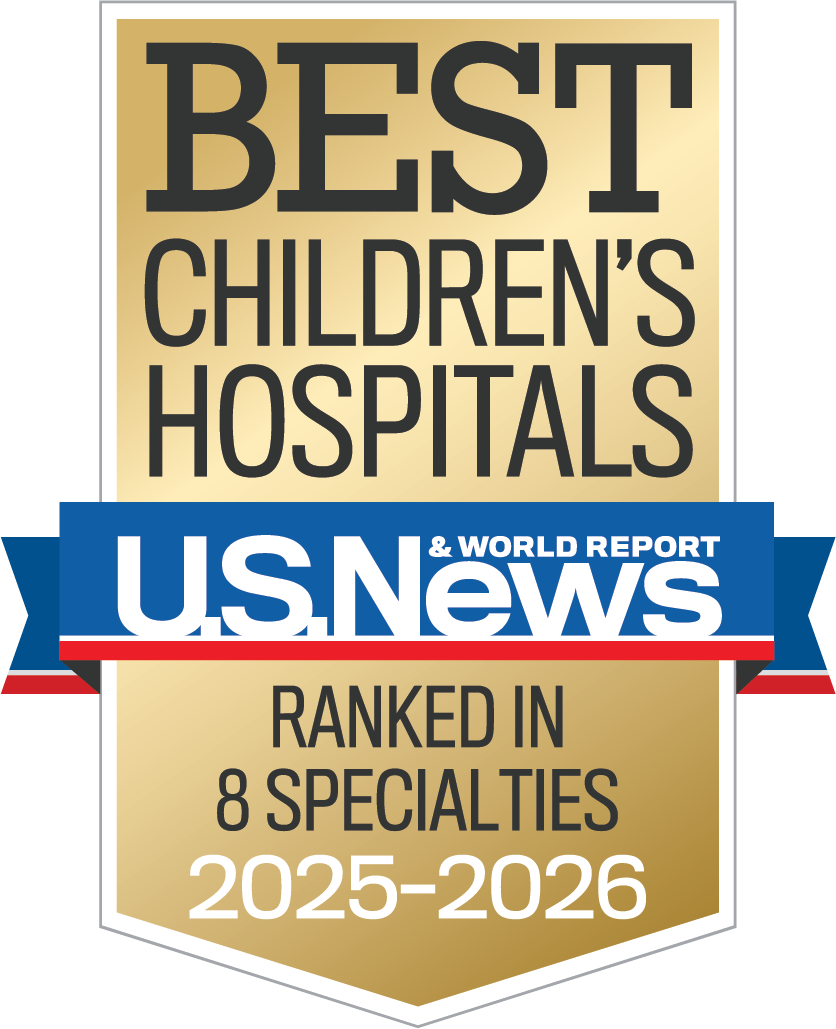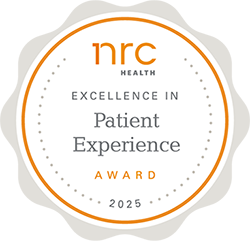Burn Prevention Information
Our Burn Team at Children's of Alabama is dedcicated to addressing the devastating consequences of Pediatric Burn Injury. Our goals include increased public awareness of pediatric burn prevention strategies inside and outside of the home. We share the Children's of Alabama vision for "a better childhood for all children."
We believe that our Burn Team has a professional responsibility to share their knowledge and expertise within the community in order to enhance children's health and/or enable children to live life to their fullest potential.
Please read our Burn Prevention Tips.
According to the American Burn Association (ABA), burn injuries that should be referred to a burn center include the following:
- Partial thickness burns greater than 10% total body surface area (TBSA)
- Burns that involve the face, hands, feet, genitalia, perineum, or major joints
- Third-degree burns in any age group
- Electrical burns, including lightning injury
- Chemical burns
- Inhalation injury
- Burn injury in patients with pre-existing medical disorders that could complicate management, prolong recovery, or affect mortality
- Any patients with burns and concomitant trauma (such as fractures) in which the burn injury poses the greatest risk of morbidity or mortality. In such cases, if the trauma poses the greater immediate risk, the patient may be initially stabilized in a trauma center before being transferred to a burn unit. Physician judgment will be necessary in such situations and should be in concert with the regional medical control plan and triage protocols.
- Burned children in hospitals without qualified personnel or equipment for the care of children
- Burn injury in patients who will require special social, emotional, or long-term rehabilitative intervention
Additional Links
American Burn Association
International Society for Burn Injuries
National Center for Injury Prevention and Control
Phoenix Society for Burn Survivors
National Rehabilitation Information Center
National Burn Repository
We provide data to the National Burn Repository where the information is used to provide national burn data with specifics such as causes of burns, ages of injured, location of injury, etc. The data may be also be used to design strategies for preventing burn injuries in children and publicizing the prevalence of childhood burn injuries. For example: One-half of all pediatric burn admissions to burn centers in the toddler-preschool age group are from scald injuries. Prevention strategies in that age group can then be focused from a public health perspective on preventing scalds in the home.
Burn Prevention Videos
Scald Burn Prevention
Sunburn Prevention
Firework Safety
FAQs
What is a pressure garment?
A pressure garment is a special, custom-made garment, made of light weight spandex fabric. These garments are usually worn by those persons who sustain second and third degree burns or have skin grafts.
Why is a pressure garment needed?
A pressure garment is needed to help decrease or prevent thick scars that may form after a burn or skin graft. Pressure garments are also needed to prevent or decrease swelling and itching.
How long will my child need to wear his/her pressure garments?
All pressure garments are worn 23 hours a day. They are only taken off during skin care and bath time. Most children require pressure garments for 1-2 years.
How many pressure garments will my child need?
For the child still in diapers or almost toilet trained, about 3-5 pressure garments are recommended. For the older child 3 pressure garments
are usually sufficient. However, additional pressure garments will be issued at the parents request.
How long will the pressure garments last before new ones are needed?
With appropriate care, the pressure garments should last approximately 2-3 months. The pressure garments will also need to bereplaced as the child grows.
Will my child wear pressure garments to school?
Pressure garments will not interfere with the child's daily activities. However, it would be helpful to discuss your child's burn injury and the
purpose of the pressure garments to both his teachers and classmates.
Will my child sleep in the pressure garments?
YES-the 23 hour-a-day wearing time for pressure garments, includes bed times. Your child will rest better if given a cool bath and fresh garments at bed time.









